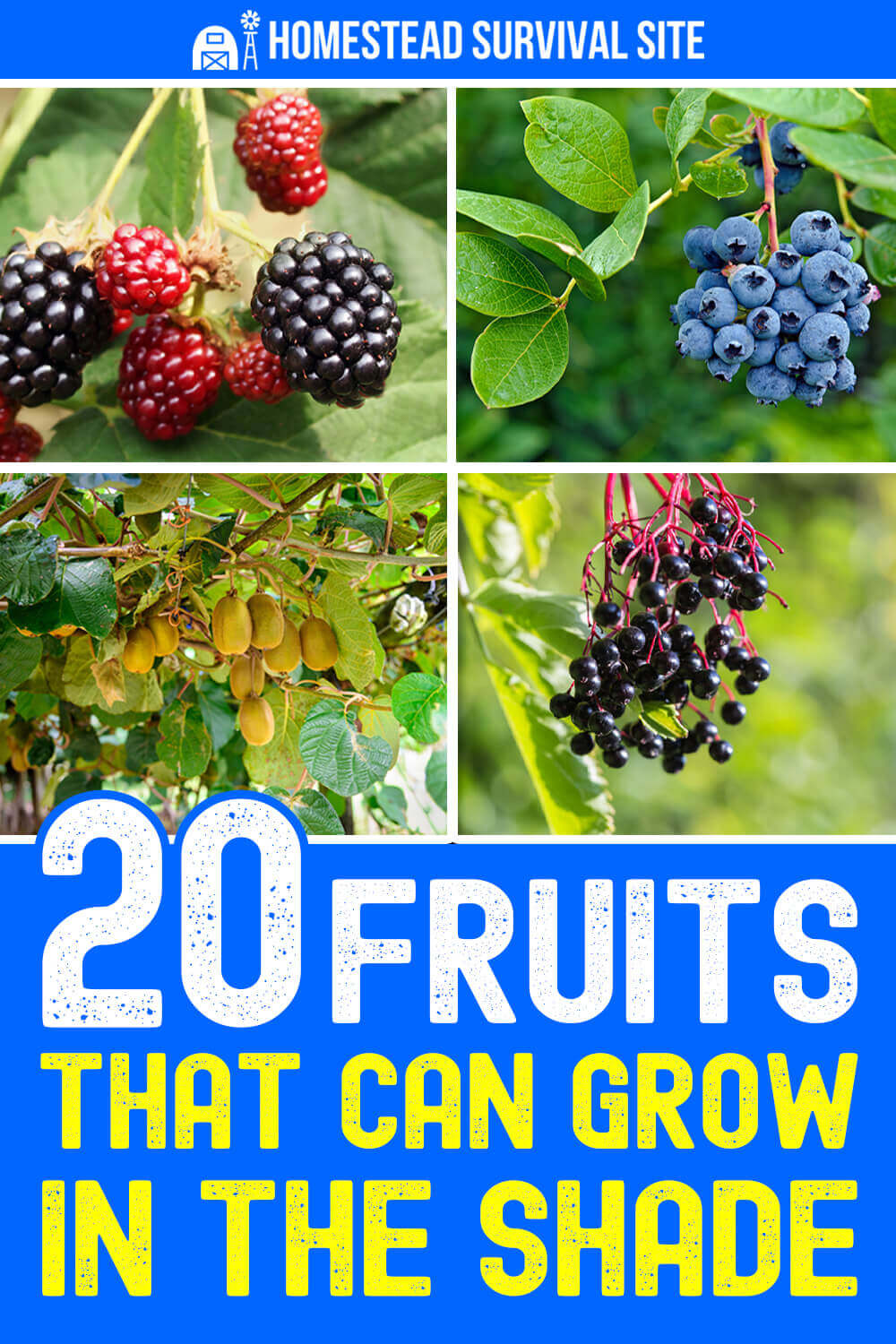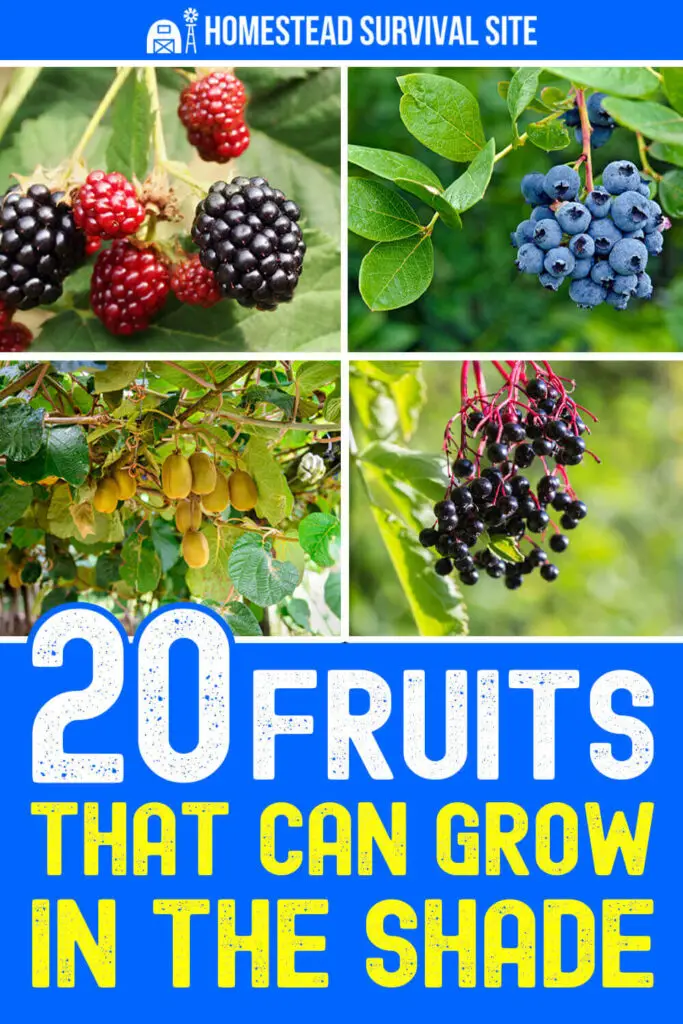Estimated reading time: 12 minutes
There is nothing quite like harvesting and enjoying your own fresh fruit. However, you may be missing out on this pleasure because you lack enough sunny spaces in your yard or property.
Well, here’s some good news. Many fruits adapt well to partial shade, and what’s even better, many are low-maintenance perennials that will produce delicious and nutritious fruit for years.
Want to save this post for later? Click Here to Pin It On Pinterest!
1. Blackberries
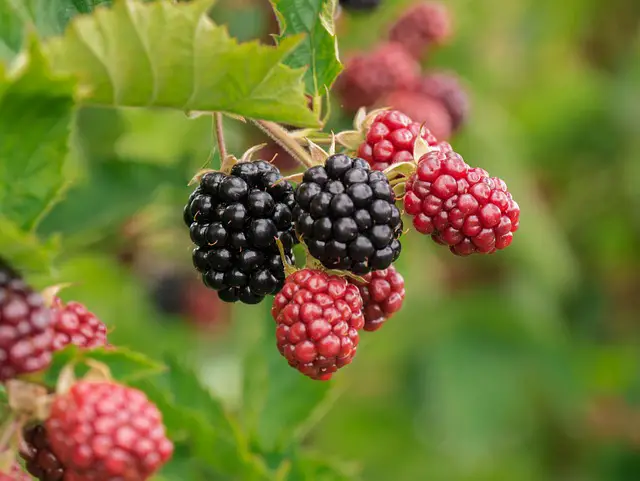
In Oregon, we have a love-hate relationship with blackberries. That’s because the Himalayan blackberry (also called Armenian blackberry) is considered an invasive species in western Oregon. It finds its way into backyards, roadsides, parking lots, and just about everywhere and then takes over the space with its thorny brambles.
On the other hand, the Pacific blackberry (called the trailing blackberry) is native to the state. Both varieties produce delicious berries.
Blackberries like the sun, but they will produce plenty of fruit in areas with partial shade. The deep purple berries contain antioxidants, vitamins, and minerals and taste great as-is or as a tasty ingredient in desserts, toppings, and syrups. Here’s how to grow blackberries in your neck of the woods.
2. Blueberries
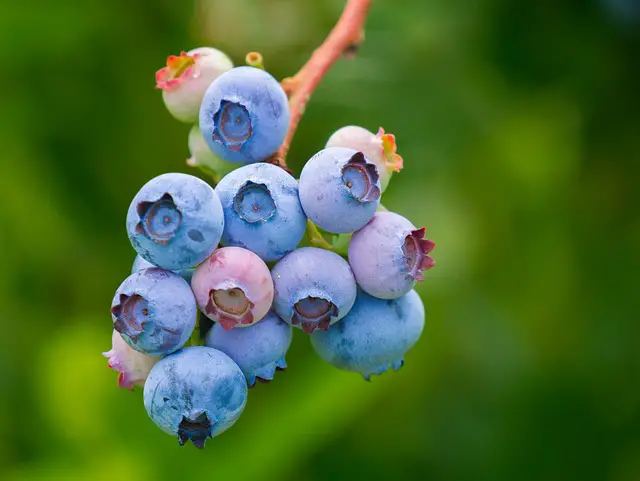
As another healthy, dark berry, blueberries also prefer the sun. However, wild blueberries (also called low bush blueberries) tolerate some shade. Another option is to plant your blueberry bushes in rolling containers that you can move to sunny locations as need be.
Here’s more on growing blueberries in your home garden, and this article shares details on the lowbush variety in particular.
3. Currants
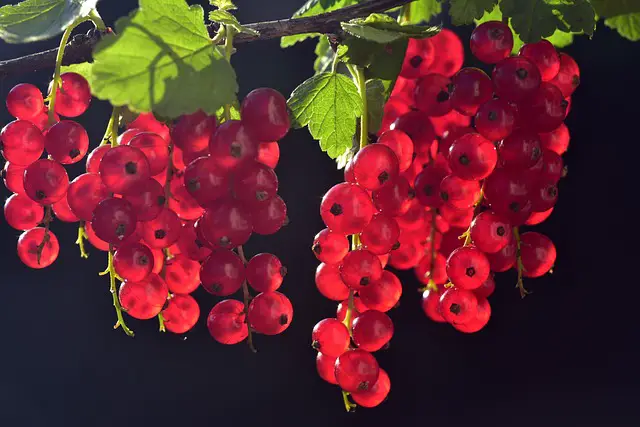
Currants, which look like tiny blueberries, will tolerate the shaded areas in your yard. High in vitamin C, these berries come in white, red, black, and pink varieties. They are delicious in cookies, muffins, crumbles, pies, jams, and juices.
Currants prefer a cool, moist location, such as along the side of a building or under a shady arbor. Here’s more information on growing currants, including some fascinating history of the use of the fruit.
4. Elderberries
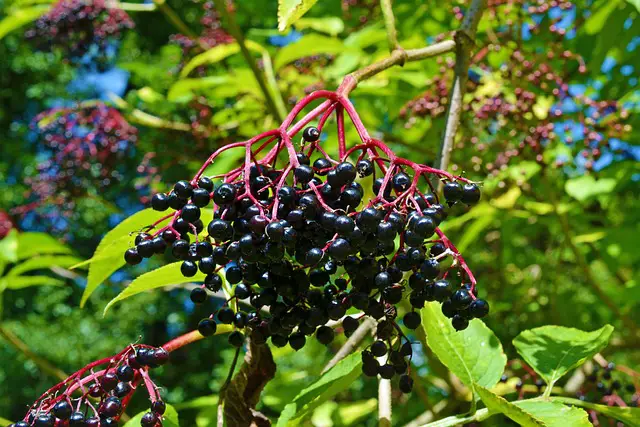
Like some of the other berries on this list, elderberries thrive with full sun exposure, but they will produce fruit in the shade. This article offers tips for growing these tasty, dark berries at home.
Elderberry flowers attract butterflies and other insects. Long a part of traditional medicine, the berries are packed with antioxidants and vitamins that can help heal inflammation and ease cold and flu symptoms.
5. Fig trees
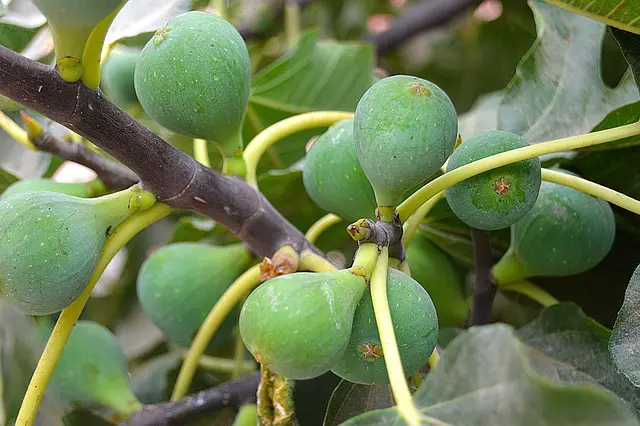
Fig trees also will tolerate partial shade, although, like with many of the fruits on our list, you will notice a decrease in production compared with trees in sunny spots. You can even find some patio-sized fig trees that you can move around on your property.
Figs, which contain potassium, dietary fiber, and calcium, can be enjoyed as is or in baked desserts, syrup, or chutney. Here are the details you need for planting figs.
6. Gooseberries
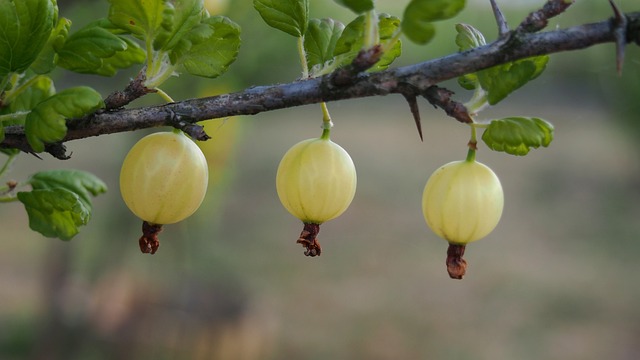
Since they have a high pectin content, these berries are perfect for pies, jams, and jellies on their own or blended with other low-pectin berries like strawberries or cherries. And guess what? They actually like the shade!
Gooseberries are rich in vitamin C and fiber. Watch this video for gooseberry growing tips.
7. Hardy kiwi
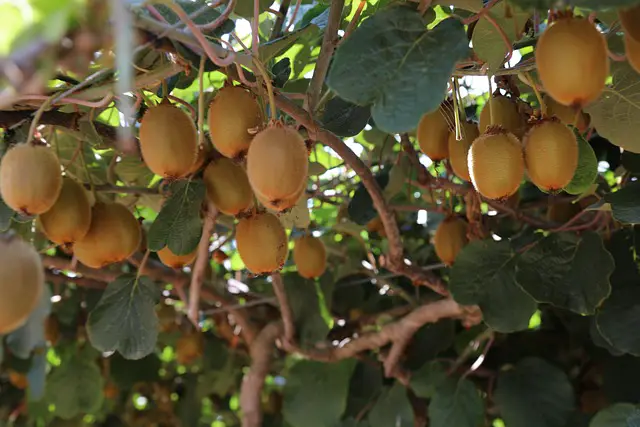
As its name implies, the hardy kiwi is a more cold-tolerant version of the kiwi we buy in the grocery store. It is a vining perennial plant that produces small, edible fruit that is high in vitamin C and potassium and that you can eat without peeling.
The vines do need a sturdy trellis, fence, or pergola, but the plant will tolerate partial shade. Learn more about the hardy kiwi here.
8. Juneberries
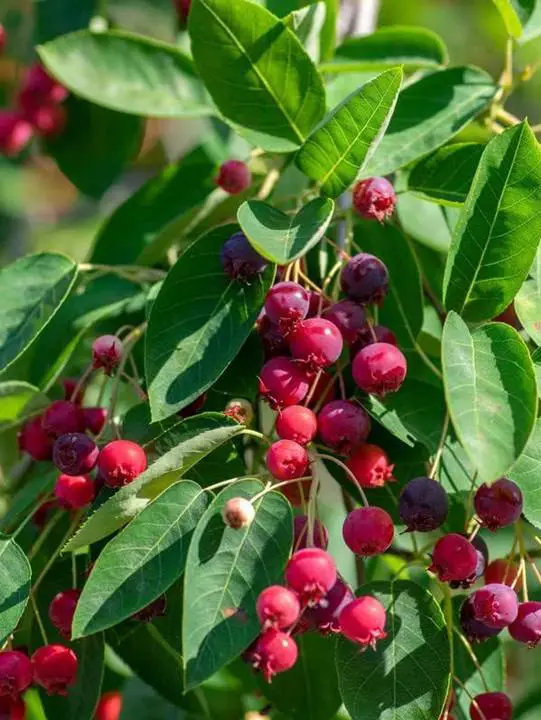
Also called serviceberries, chuckleberries, or Saskatoon berries, juneberries grow on low-maintenance bushes that tolerate shade and adapt to most soil types.
Juneberries, which resemble blueberries but have a seed inside, are a great choice for jams, pies, syrup, and even wine. They are high in vitamins A, C, and E and contain iron, calcium, potassium, and other minerals. Watch this video for growing juneberries at home.
9. Lingonberries
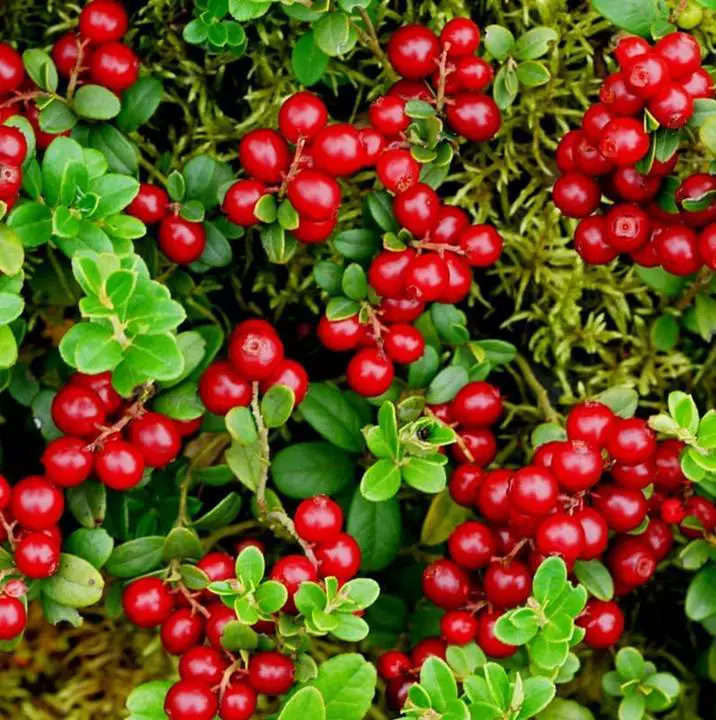
Lingonberries, which are popular in Sweden, grow on a low, evergreen bush that is shade tolerant. They prefer acidic soil and like lots of space to sprawl out.
Sometimes called the mountain cranberry for its bright red color, the lingonberry is tart and sweet and perfect for jams, syrups, and pie fillings. They contain vitamin C and manganese, among other nutrients. This video shares growing instructions for adding lingonberries to your garden.
10. Loquats
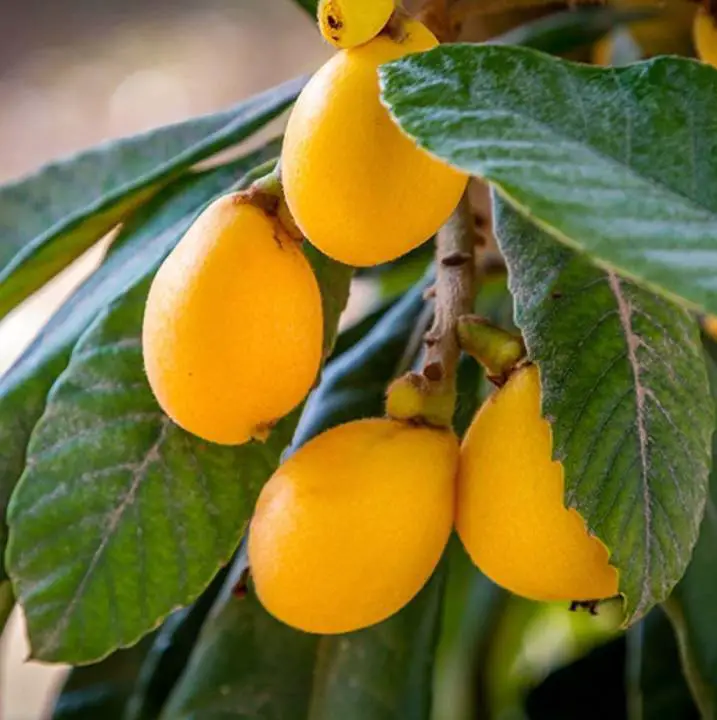
Native to Japan and China, loquats are stone fruits that grow on trees that can tolerate partial shade. The bright yellow-orange fruit is rich in potassium.
You can use loquats, also called Chinese plums, in baked goods as you would peaches or plums or add them to fruit salads. Here is a guide for growing and harvesting loquats.
11. Mulberries
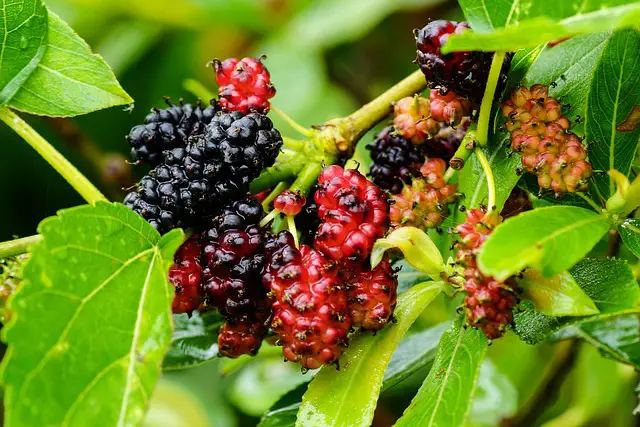
Mulberry trees are prolific fruit bears, even in partial shade. The trees do prefer good drainage and moist, alkaline-rich soil.
Mulberries, which are high in vitamin C, are delicate and can spoil quickly, but if your tree produces more than you can consume, they are perfect for jams and jellies. Please note that the mulberry tree is considered invasive in some areas, so you’ll need to plant a sterile cultivar in these areas.
Here’s more on the mulberry tree.
12. Muscadine grapes
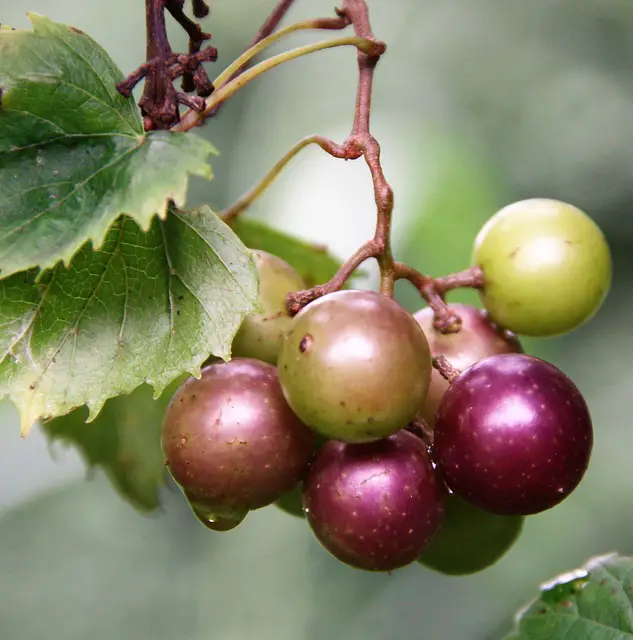
These vines will produce more fruit with total sun exposure, but you’ll get a decent harvest with partial shade. Do, however, keep in mind that these vines will spread as they search for available sunlight when planted in shady areas, so they will need strong trellises for support.
The hardy grapes are high in antioxidants and can be enjoyed as is or in jams, jellies, juices, and wines. Read this article for information on planting and harvesting muscadine grapes.
13. Nannyberries
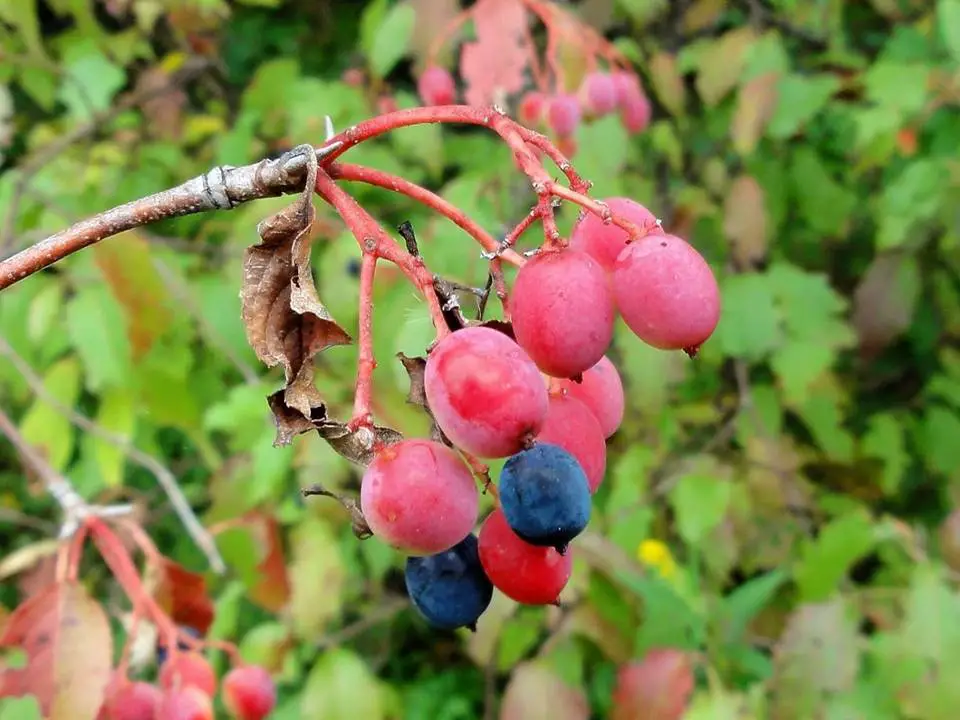
These large berries taste a little like a cross between a banana and a prune or date. That unusual taste notwithstanding, they are easy to grow and maintain, even in partial shady areas.
In the spring, the nannyberry bush produces pretty white flowers; the berries, which are high in antioxidants, appear in the fall. Check out this video for more.
14. Partridgeberries
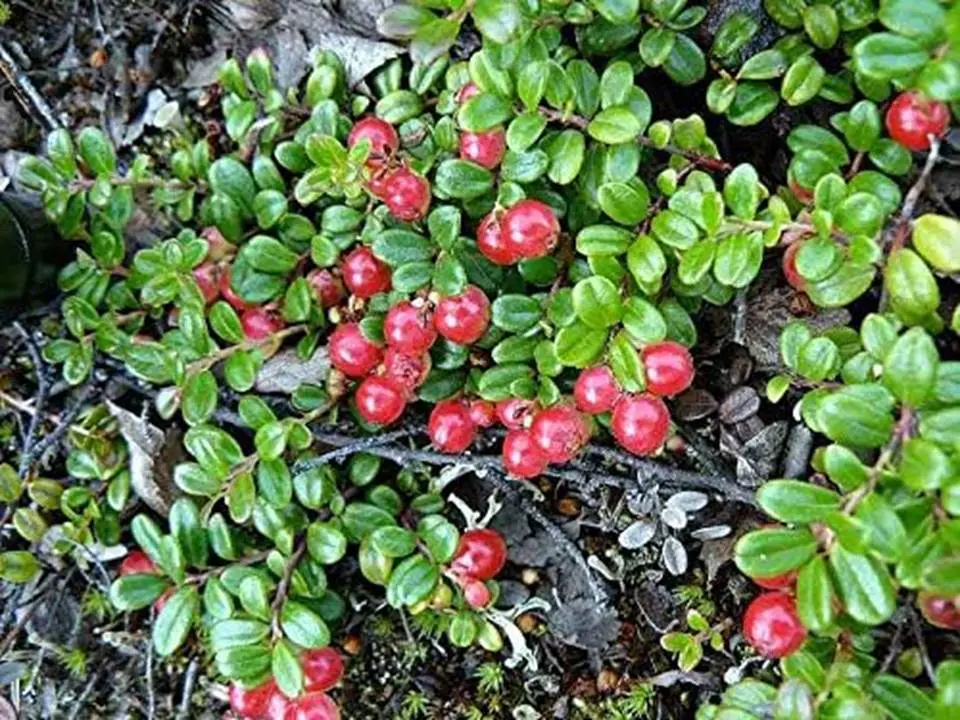
Like nannyberries, partridgeberries produce white flowers that turn into bright red berries in the fall. The shrubs tolerate the morning sun, but they prefer the afternoon shade.
Also called twinberries or deerberries, these low-growing shrubs produce fruit with a sweet taste. Native Americans used dried partridgeberry leaves to make tea. Be forewarned, as with many of the berries on our list, the birds may beat you to them when it comes time to harvest.
Read more about growing partridgeberries here.
15. Pawpaw trees

These trees grow wild in some forested areas, so we know they can tolerate shade from the overstory canopy.
Pawpaw fruit has a banana-like texture and a mild taste that works well in puddings and baked goods. Some varieties are suitable for container growing. Check out this article for more information on growing pawpaw trees at home.
16. Pear trees
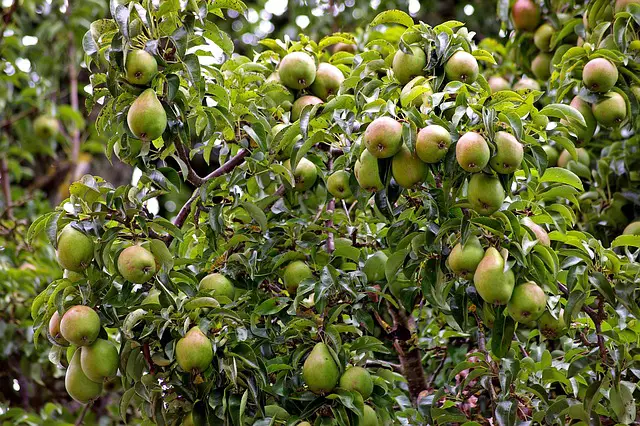
Although they prefer full sun exposure, pear trees will produce fruit in partial shade. Your best bet is a spot that has morning shade and afternoon sun.
Easier to grow and maintain than apple trees, pear trees produce a tasty, versatile fruit that can be enjoyed raw or in many of the same recipes you would use apples. Here are tips and tricks for growing pear trees at home.
17. Quince trees

Like many on our list, these trees like the sun but will produce fruit in partial shade. What’s more, you can grow quince in small spaces and containers.
Quince are too hard and acidic to eat off the tree, but after you soften them in water or bake them, they offer taste and nutrition to many recipes. Here’s how to harvest this unusual, durable, and surprisingly fragrant fruit.
18. Raspberries
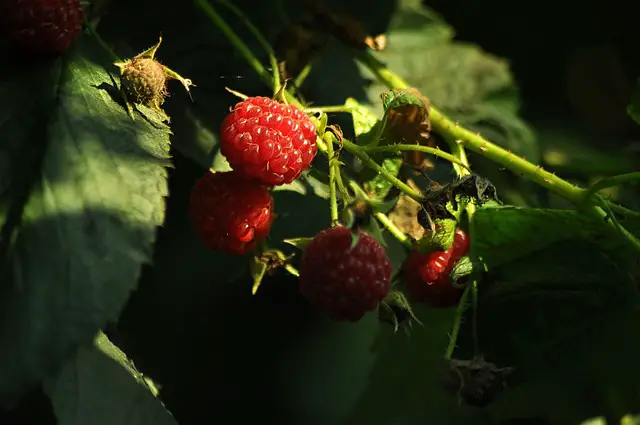
Raspberry plants love the sun, but they will produce some fruit in partial shade. Just make sure the location has good drainage and air circulation.
This video compares raspberry bushes that grow in the sun versus the shade. And here are the how-to details for growing raspberries, which are high in antioxidants, at home.
19. Strawberries
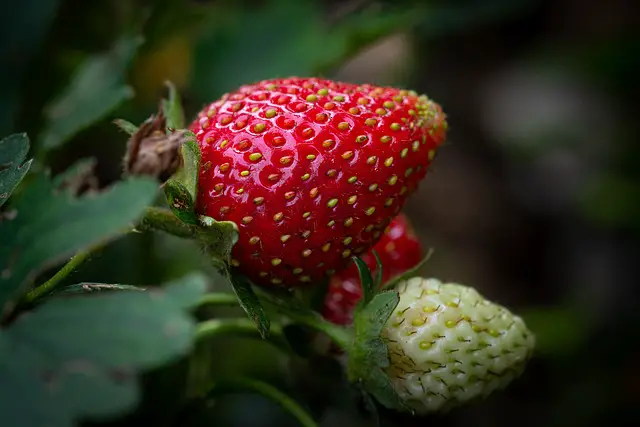
Although most strawberries require full sun exposure, mountain strawberries and alpine strawberries are two varieties that will tolerate partial shade.
Read this article for tips on growing the popular red berry in your shady locations. This article offers helpful information for growing all varieties of strawberries.
20. Teaberries

Here’s an easy-to-grow evergreen plant that works well as a groundcover and produces pretty spring flowers, vibrant fall color, and tiny, tasty berries. And, yes, the Teaberry likes the shade.
Here’s information on how to grow teaberries (also called wintergreen) at home. You can use the berries in pies or preserves, and the plant’s young leaves may be dried for making tea.
Finally, here are some overall factors to keep in mind when growing fruit in shady locations.
The amount of sunlight reaching your garden changes throughout the day. Be aware of how trees and buildings on your property affect your plants.
The changing seasons also impact the amount of sunlight your plants receive. For example, not only does the amount of daylight increase or decrease depending on the season but the presence or absence of leaves also plays a part.
You can try pruning a tree limb to increase light penetration to a garden area. Thinning the crown of a tree is another option for allowing more light into your garden. Another idea to consider is to paint the nearby wall, shed, or fence white to reflect the sun’s rays and bring more light to the garden.
Like this post? Don't Forget to Pin It On Pinterest!
You May Also Like:

